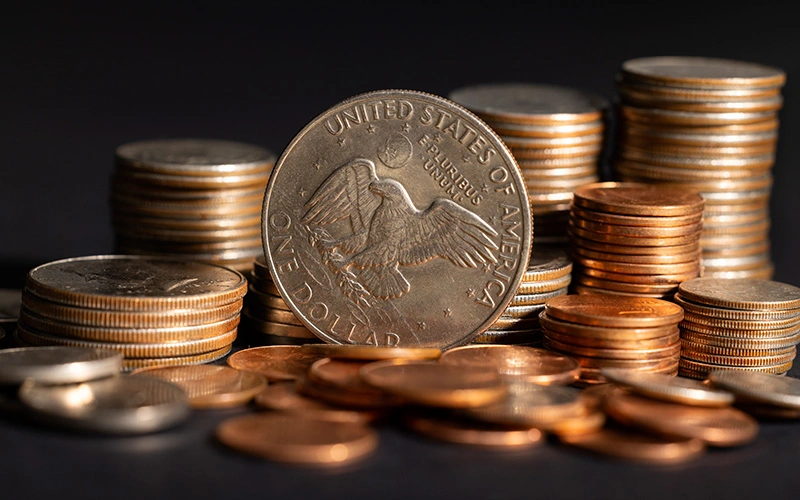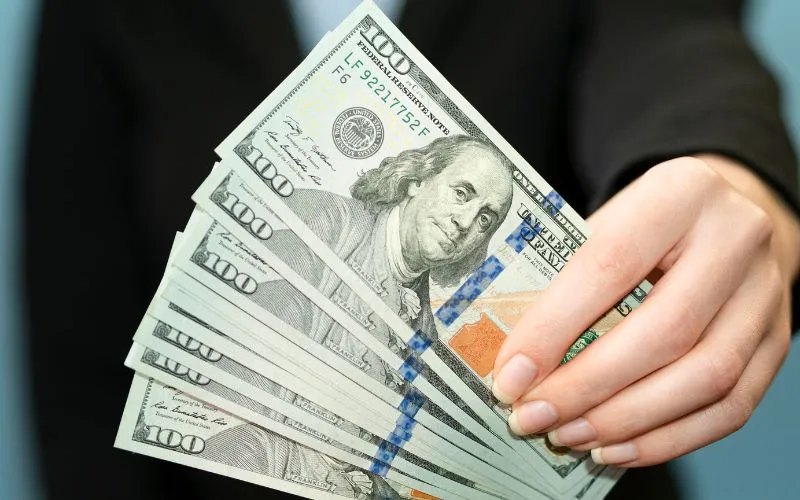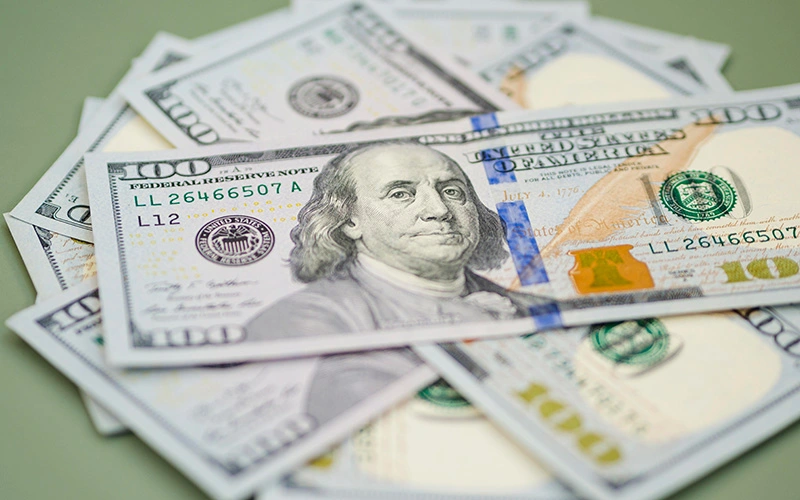If you’re headed to the US any time soon, do not underestimate the everyday quirks of American money. The American currency appears simple at first, with dollars and cents. But dig a bit, and you’ll find odd denominations, odd quirks with money, and slang you can’t learn in any textbook. These are not the basic facts you already know but things that a traveler, newly arrived in town or just someone rediscovering their surroundings might notice.
Bills and Coins: What’s Really in Your Pocket

Step into any store, and you will hear the same bills and coins being exchanged. Most people never make a change to reach half the denominations available, and some coins are essentially extinct. Though you will hear about $1, $2, $5, $10, $20, $50 and $100 bills, the ones you will actually see most are $1, $5, $10 and $20 bills. $50 bills are rarer, and $100s are often eyed warily in smaller stores. When somebody slips you a $2 bill, expect an arched eyebrow or perhaps a compliment, as many Americans consider them a lucky charm or a collector’s item.
Despite the expansion of digital payments, the USA currency gets accepted everywhere, and its continuous use acts as a safety net for unforeseen circumstances. Unlike many other countries, which have their money printed in varying sizes and colors for each bill, all American notes are the same size, with the only subtle color differences.
The Strange Role of Coins in Daily Life
Here’s the thing: Americans complain about coins, but they still need them. You’ll see pennies, nickels, dimes, and quarters. Most people would get rid of the penny if they could, but for now, you’ll get them as change. Quarters are the only coin people actually seek out, especially for things like laundry, parking meters, and vending machines. If you ever find a half-dollar or a dollar coin in your change, hang onto it. Most Americans almost never see them in real life.
Why Coins Stick Around
Most vending machines, laundromats, and even older parking meters still run on coins. In big cities, cashless payments dominate, but you’ll hit spots where exact change is still required. It’s not unusual to see bowls or trays of coins at cash registers, where customers leave extra pennies or nickels for the next person who needs one.
Talking About Money Like a Local

You can know what the currency of the USA is, but if you talk about money the wrong way, you’ll sound like a tourist. People rarely use the word “currency” in casual speech.
Everyday Slang
The American dollar is “a buck.” Five dollars is “five bucks.” For bigger numbers, “grand” stands in for thousand, so “ten grand” is $10,000. People also say “fiver” and “tenner,” but “C-note” for a $100 bill is pretty rare outside movies. Ask for “change,” and people think you mean coins, not different bills. If you’re paying for something small, try to have ones, fives, and quarters—otherwise, you might get a look that says “are you serious?”
The Hidden Habits Behind American Cash
Some quirks just don’t get talked about much, but if you spend even a week in the country, you’ll pick them up fast. When it comes to US currency denominations, expect bills to look and feel used. Faded or even torn notes are common, and as long as the serial number and most of the bills are intact, it’s fine to use them. The currency of America lasts in circulation for years, and nobody bats an eye at a worn-out twenty.
Most Americans keep jars of loose coins at home, only pulling out quarters for practical uses.
Security and Counterfeit Checks
Don’t be surprised if a cashier marks your bill with a pen or checks it under a light. Counterfeiting is a concern, especially with higher bills. Security features like color-shifting ink, watermarks, and security threads are standard. If your note is missing a chunk or the serial number, banks may refuse it, but minor damage isn’t a problem.
What Travelers Should Really Know About Using Cash
If you’re in the US on a US tourist visa, you’ll need small bills for tipping at hotels, bars, taxis, and restaurants. Not every store accepts every foreign card, and some small businesses will only take cash. Expect to need exact change for things like public transport, small food trucks, or buying tickets in cash.
If you’re planning your first visit, check U.S. Visa Requirements before you arrive, and make sure you have access to cash for the first few days.
Tipping Culture
Tipping is a big deal, and Americans tip in cash even when they pay by card. Standard tips range from $1 for a drink at a bar to 15-20% for restaurant service. Always carry a stack of singles and fives—you’ll need them.
Card Surprises
Even in big cities, you may find places where cards aren’t accepted, or you’ll be asked for ID if your card looks unfamiliar. Having a reserve of cash means you’re never caught off guard.
Oddities and Collector Facts About US Money

The $2 bill is all but forgotten, while technically as spendable as any other. People hoard them. They are considered good luck or handed out as gifts. There are “star notes,” too — bills with a star in the serial number. These are printed to replace bad bills, and some collectors will pay a premium for the rare ones. All U.S. notes are the same size and close in shade, which can potentially make it tougher for visitors to sort cash.
FAQs
Are $50 bills no longer accepted?
$50 banknotes are still legal and accepted, but are rarely used in everyday transactions and can arouse suspicion.
Why do some stores refuse $100 bills?
A lot of stores will not take $100 bills because of counterfeiting problems and because they can be difficult to break in order to make change for 50 cent, a dollar or $10 purchase.
Are old and damaged bills still usable?
So long as more than half of the bill is intact and serial numbers are legible, banks and retailers will typically take damaged currency of the US.
Why are $2 bills considered lucky?
$2 bills are rare, so many adults hold onto them either for luck, as a gift or as a collector’s item, rather than spending them.
Can foreign visitors use their bank cards everywhere in the US?
Many are accepted with most major banks, but some small businesses or rural areas might be cash only so keep some American currency on you at all times.
Conclusion
If you want to deal comfortably with American money, you don’t need to memorize the lists. These are the details that matter, from the uncommon bills you’ll occasionally see to the coins you’d rather avoid and the local slang that helps you fit in.
